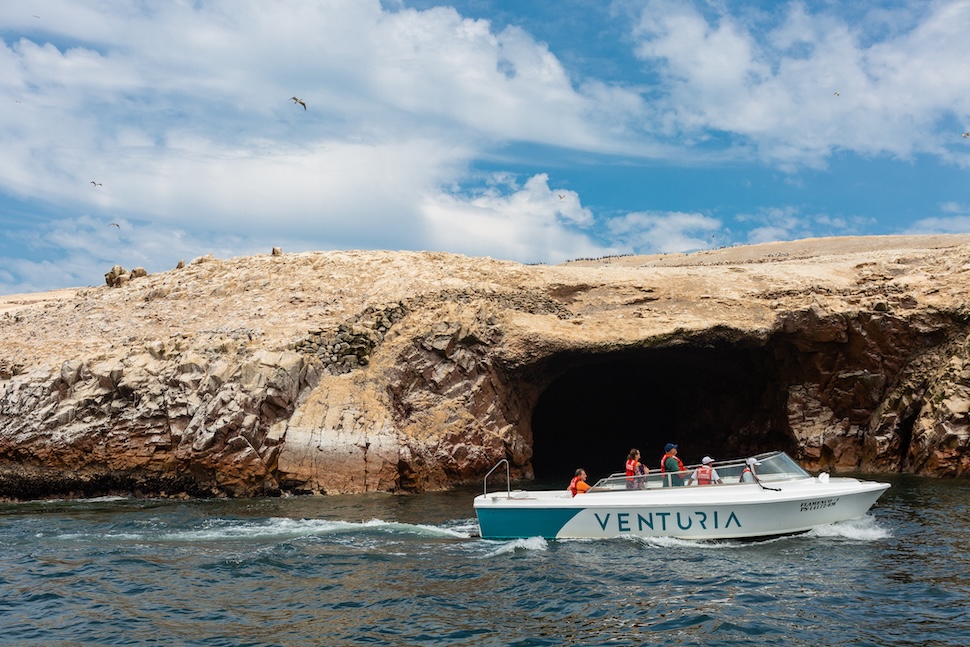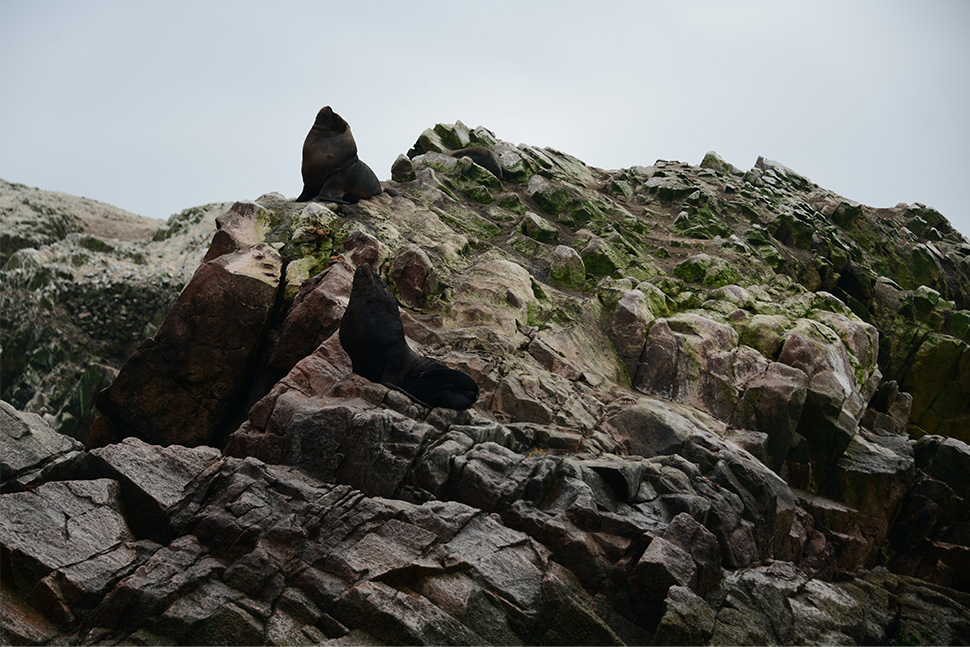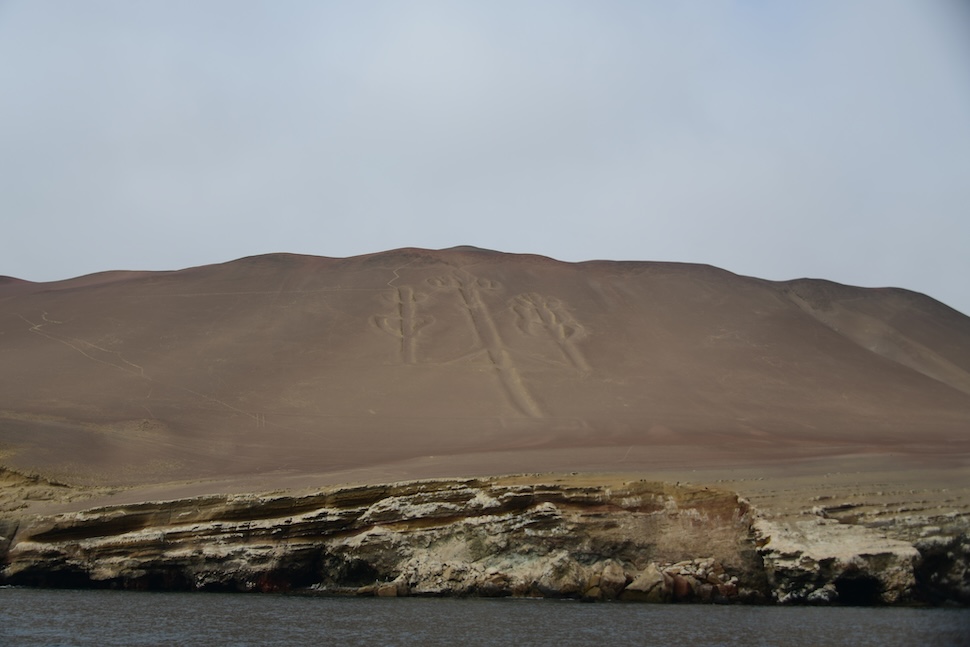

This is the first in a four-part journey exploring Peru’s dramatic landscapes — from captivating cities to pristine coastlines to towering Andean peaks.
When Peruvians want to escape the everyday, they often head straight for Paracas, a four-hour drive south of Lima. While luxury tourism spots are still emerging in this seaside retreat, Paracas offers privileged access to the wildlife haven of the Ballestas Islands.
The best way to visit the Ballestas is by staying at Hotel Paracas, a Luxury Collection Resort, Paracas, a contemporary whitewashed getaway that recently celebrated its 15th anniversary. While the hotel’s beach is not suitable for swimming (though, if that’s how you want to spend your time, join the Peruvian vacationers at the property’s popular glowing main pool) it’s a convenient gateway to the “Peruvian Galapagos.” Unlike its famed Ecuadorian counterpart, this biodiverse sanctuary doesn’t require an elaborate expedition — it’s just a brief 20-minute boat journey from the hotel’s private dock.

Visitors are only permitted to explore the Ballestas’ cluster of protected islets from the sea. Hotel Paracas will set you up with a 1.5-hour private speedboat tour that brings you close to the rock formations and caves, where you can marvel at Humboldt penguins waddling over craggy outcrops, playful seals splashing about and portly South American sea lions with their noses turned up.
The onboard guide points out birds that might otherwise escape your notice, like the white-faced, brown-winged Peruvian booby and the gray Inca tern with its distinctive white handlebar mustache. At another stop, you come upon graceful Peruvian pelicans and red-headed turkey vultures perched over a nearby overturned shipwreck.

The tour also pauses at the Candelabra, a mysterious 600-foot geoglyph etched into a sandy hillside in the Paracas Peninsula that dates to 200 B.C. While the origins of the massive three-pronged, cactus-like emblem still bewilders archaeologists, theories abound from it serving as a navigational aid for fishermen to some kind of secretive Masonic symbol. Whatever its mysterious beginnings, the enigmatic Candelabra — part of the Paracas National Reserve, which marks its 50th anniversary this year — has earned its designation as a national heritage site.
After your tour, walk a few steps to the end of the hotel pier to Chalana, an alfresco restaurant suspended over Paracas Bay that showcases fresh, sustainably sourced area seafood and other local ingredients. Peruse the chalkboard menu and start with the Chalaca, a ceviche-like dish with scallops, a tangy salsa and choclo (a less-sweet large-kernel corn) heaped onto seashells that arrive to the table on ice in a charming wooden mini rowboat. Then move onto the arroz chalanero, which is similar to paella, but the rich rice comes studded with fish, scallops, chalaquita (a Peruvian salsa), chiles and slices of crispy fried garlic.

Later, go ashore to the hotel bar and ask for the special Wayra Ñam menu, which tells the different stories of the region through cocktails. We ordered the Manto Paracas, made with Viñas de Oro Italia pisco (a Peruvian white brandy), triple sec, pomegranate liqueur and passion fruit, tangerine and cranberry juices and garnished with a mint sprig and a dehydrated orange wheel.
While the bartender puts the drink in a wood and glass case and uses a torch and pipe to infuse a smoky layer into the fruity libation, he explains that its name loosely translates to “Paracas cape.” He then shares that the cocktail’s orange cup is imprinted with Kón, the ancient god of Paracas culture. The deity associated with wind, rain and creation is a recurring motif in early Paracas art, appearing in colorful pre-Columbian mantles. It’s a memorable way to get a lasting taste of Paracas’ rich culture.
